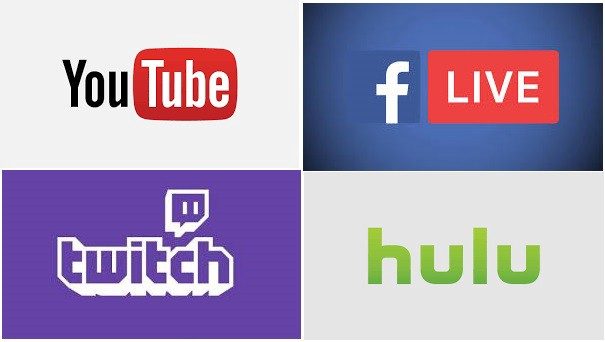Try to turn your mind back to 2009. Would you believe it if someone said that a person could become a millionaire playing video games? Maybe not, but the “video game player” profession has gained a lot of strength in the last ten years, in multiple aspects.
First, we have the world of streamers and Youtubers. They are people who have conquered legions of fans for nothing more, nothing less than transmitting their game sessions to the world. Of course, it is not just a matter of showing the world the game, but giving your own personal touch to the videos you post on the network, either to make live streams or to produce previously recorded content.
The rise of video platforms created this favorable scenario for players capable of dragging crowds to watch their content, creating a shared gaming experience that was impossible in the technological landscape of the previous decade. “Seeing someone else playing video games” is an unforgetable experience, if the “other person” is interesting. The result is that some of the biggest content producers for YouTube on the planet are video game players, with PewDiePie being the biggest example.
The decade also saw the rise of e-sports as a cultural phenomenon, also supported by a new technological scenario that facilitated the transmission of events to thousands of people simultaneously, creating a virtual stadium experience in the chat field of platforms such as Twitch and YouTube .
Gradually, some games were raised to the level of large-caliber sports competition, taking crowds to physical stadiums. “League of Legends”, “Fortnite“, “Dota 2”, “Counter Strike: Global Offensive” are some of the titles that managed to move crowds to cheer for their favorite athletes and teams, to the point that today traditional football clubs in Brazil have their own virtual sports teams.
Of course, as in football, athletes who stand out are also raised to a new level of celebrity, making fortunes for their participation in competitions, with the right to expensive transfers between teams.

Is streaming the future?
The end of the decade was marked by a new idea, which is not so new. Since broadband became common, companies have proposed to allow access to games via live streaming, in which all the processing of commands is done in the cloud, on a server miles away from the player’s home, and the display only receives a video of the actions.
In theory, it’s an interesting idea: you don’t need to spend a fortune on a powerful console or PC to access a video game, and you can play your games on any device connected to the internet with a screen. In practice, however, the reality is different.
Services like Gaikai and OnLive tried to get that idea off the ground at the beginning of the decade, but it soon failed miserably and was absorbed by Sony, which in 2014 would launch its own service called PlayStation Now.
Why did the services fail? The challenge of creating a gaming platform via streaming is not a simple one because of a keyword: latency. When you press a button on your controller, that order needs to get out of your control and be transmitted to a remote server, which needs to compute that action and turn it into a reaction in the game, which is transmitted back to your TV. This needs to be done in just a few milliseconds, or you will experience an unpleasant delay that makes games with more frantic action impossible to play. To minimize this delay, there is no point in having a fast connection, with many megabits per second; it is important that the server is not too far from your home physically.
For this reason, the end of the decade finally has what it takes for streaming games to have a chance to take off. The involvement of Google, with Stadia, and Microsoft, with xCloud, responsible for two of the largest cloud computing platforms on the planet, with servers spread across the planet, is the industry’s best chance to get cloud games off the ground successfully.